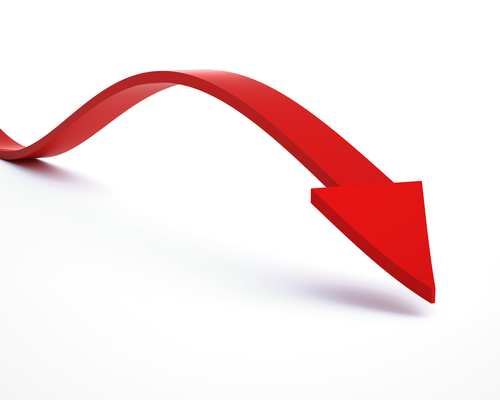Existing-home sales decreased 1.5% from a month earlier to a seasonally adjusted annual rate of 4.55 million, the National Association of Realtors said Thursday.
Realtors' chief economist Lawrence Yun said sales of lower prices homes, those costing $100,000 or less, are leading the decline, even while sales of houses priced at $250,000 or more are on the rise.
"That I attribute to lack of inventory of lower-end homes," he said, as opposed to a lack of demand tied to a slowing economy.
But compared to a year earlier, May sales were 9.6% higher, and it was the eleventh consecutive month of sales gains compared with a year earlier.
Economists surveyed by Dow Jones Newswires had expected a 4.57 million rate of sales in May. That would have been a 1.1% would fall from the 4.62 million rate in April. The prior month's numbers were unrevised.
The median sales price in May was $182,600, up 7.9% from a year earlier. That was the highest median price since June 2010, when the home buyer tax credit was nearing expiration.
The price increase was partially due to fewer sales of foreclosed homes and more sales of more expensive properties. Foreclosures and other distressed properties made up 25% of May sales, the lowest level since the Realtors' group began tracking the number in 2008.
The inventory of previously owned homes listed for sale, meanwhile, decreased 0.4% during May to 2.49 million. That represented a 6.6-month supply at the current sales pace, a pace considered healthy by economists.
In recent years, the housing market has improved slowly after a collapse in prices that started in summer 2006.
Maintaining that momentum could be difficult if the economy continues to cool.
In May the country added just 69,000 jobs - the worst growth of the year-and the unemployment rate moved up to 8.2%.
To help prop up the economy, the Federal Reserve on Wednesday extended through the end of the year a program known as "Operation Twist," which aims to drive down long-term interest rates and reduce borrowing costs for businesses and households.
Fed Chairman Ben Bernanke said the stimulus was necessary as the U.S. economy faces a number of headwinds, including a housing market that has improved slower than expected since the recovery began in 2009.
The Realtors' report said home sales fell in three of four U.S. regions. Sales in the Northeast fell 4.8%, sales in the West fell 3.4% and by 0.6% in the South. Sales in the Midwest grew 1.0%.













 Sales of previously owned homes in the U.S. fell in May, suggesting that economic headwinds and a lack of available lower-priced properties may be holding back housing market's recovery.
Sales of previously owned homes in the U.S. fell in May, suggesting that economic headwinds and a lack of available lower-priced properties may be holding back housing market's recovery.